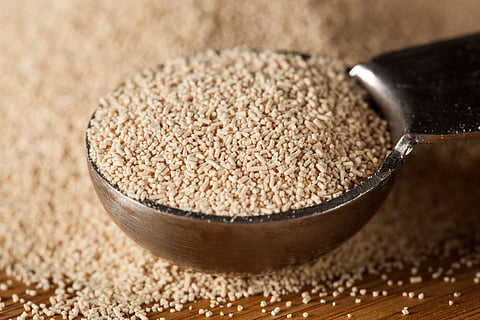

Producers of Norwegian salmon feed are integrating new ingredients, according to a report on raw materials for salmon and trout made by Nofima. The documentation is based on feed-in 2020 from the four largest feed companies.
The report shows that the composition of feed for Norwegian farmed salmon is approximately the same as in 2016. Although, "some new ingredients, such as insect meal, single-cell protein, fermented products, and microalgae were used" says Aas, researcher in feed and nutrition at Nofima and the main author of the report.
Salmon feed in 2020 consisted of 12% fishmeal, 10% fish oil, 41% vegetable protein sources, 20% vegetable oils, 13% carbohydrate sources, and 4% micro-ingredients. On the other side, 0.4% of new ingredients such as insect meal and microalgae were used.
Despite the low number, Bente Torstensen, head of the aquaculture division, stated: "There is a huge volume of an ingredient needed to make up a large proportion of salmon feed. It's very demanding, but it's underway. We cheer on big and small producers who invest and dare to take a chance. This determines how much and how fast the salmon's diet changes."
The government's goal is that Norwegian resources can produce more of the salmon feed. Besides, all feed should be from sustainable sources.
The country imported the 92% of the ingredients for fish feed in 2020. Thereby, Norway only supplied fish oils and fishmeal to the feed. Finally, the report shows that just over 10% of these ingredients came from Russia in 2020.
Regarding this, Minister of Fisheries and Marine Affairs Bjørnar Skjæran said: "The government has a goal that all feed for aquaculture will come from sustainable sources by 2030. We will thus create a new industry in Norway. If we are to succeed in finding the best and most effective solutions, industry, research, and politics must work together."
